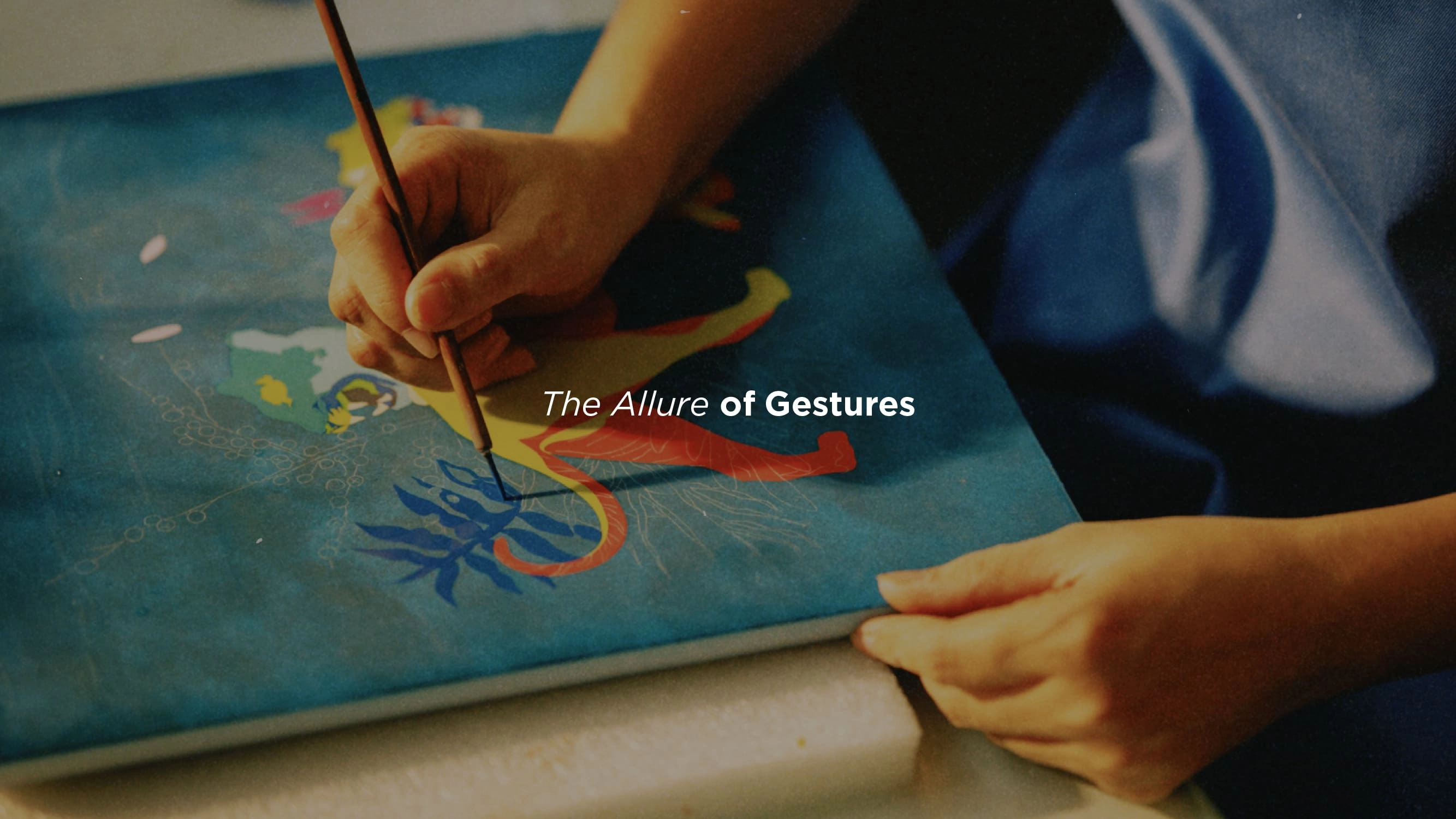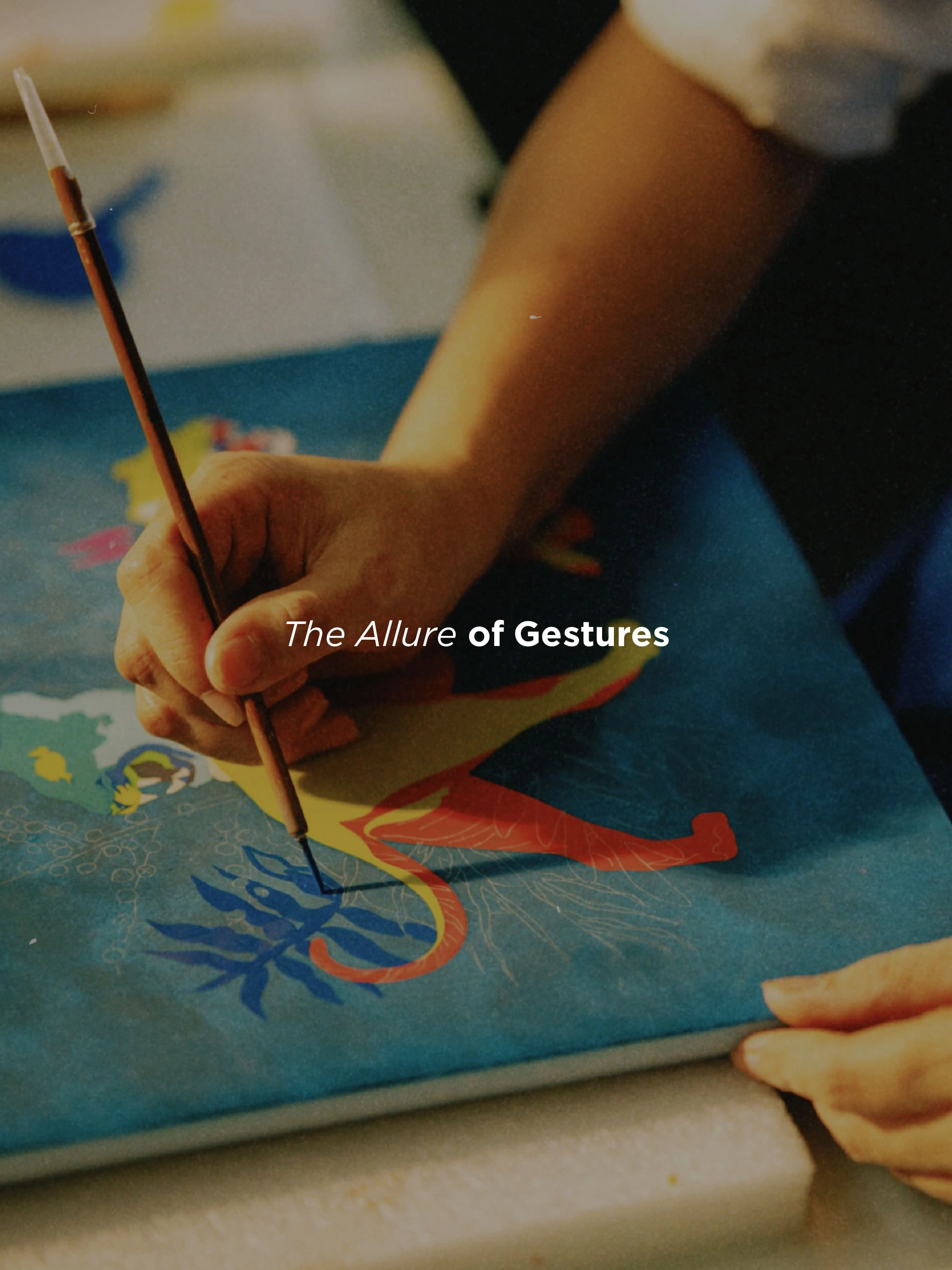The
making
of
shapes
Beyond carftsmanship, the wooden base-each piece's essential foudation - plays a critical role in shaping the timeless elegance of lacquerware. Selecting the finest wood is paramount: is must be flawlessly smooth, without cracks or imperfections. Only with a stable base can the intricate lacquer process unfold seamlessly, ensuring a final product with lasting smoothness, cohesion, and durability.
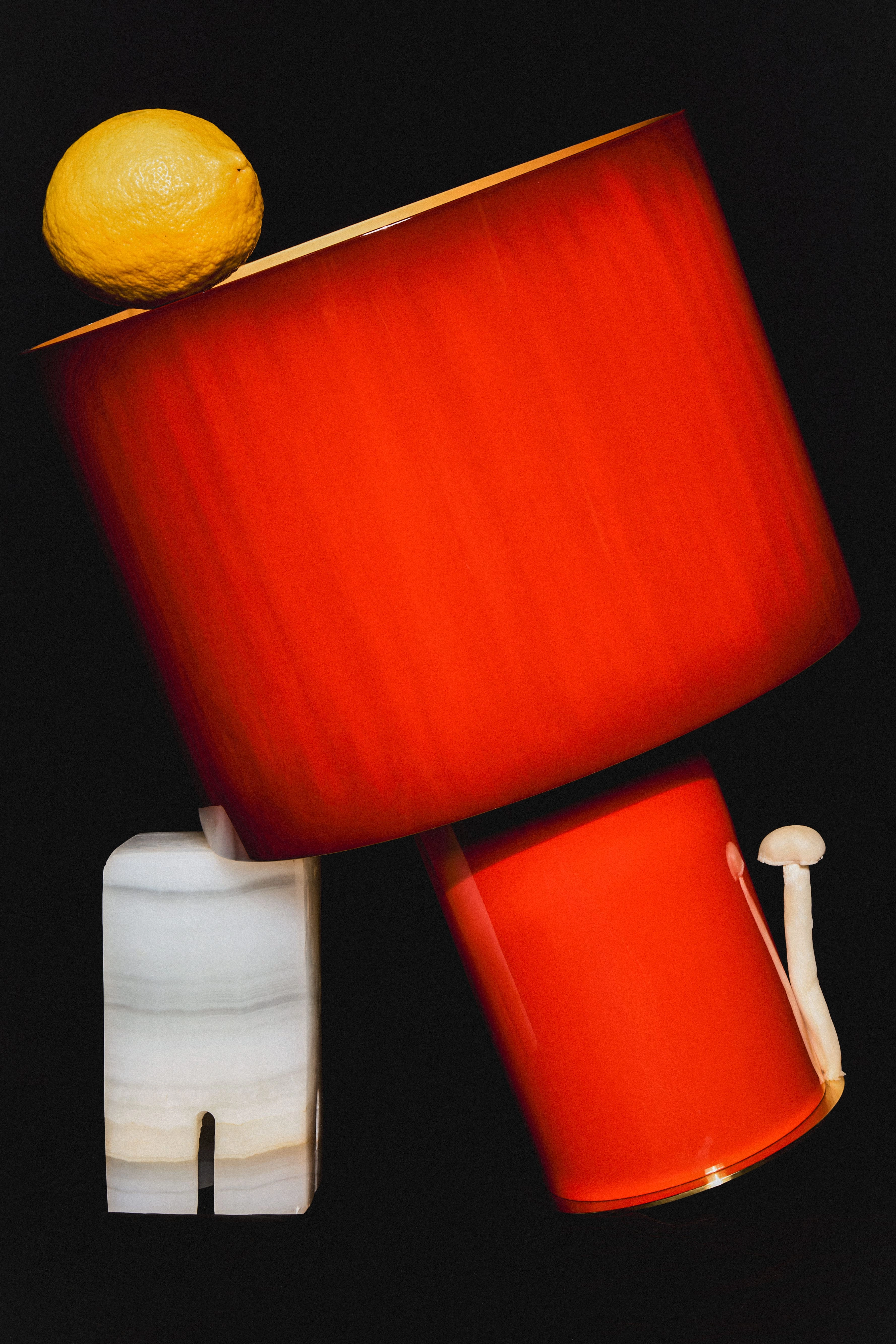

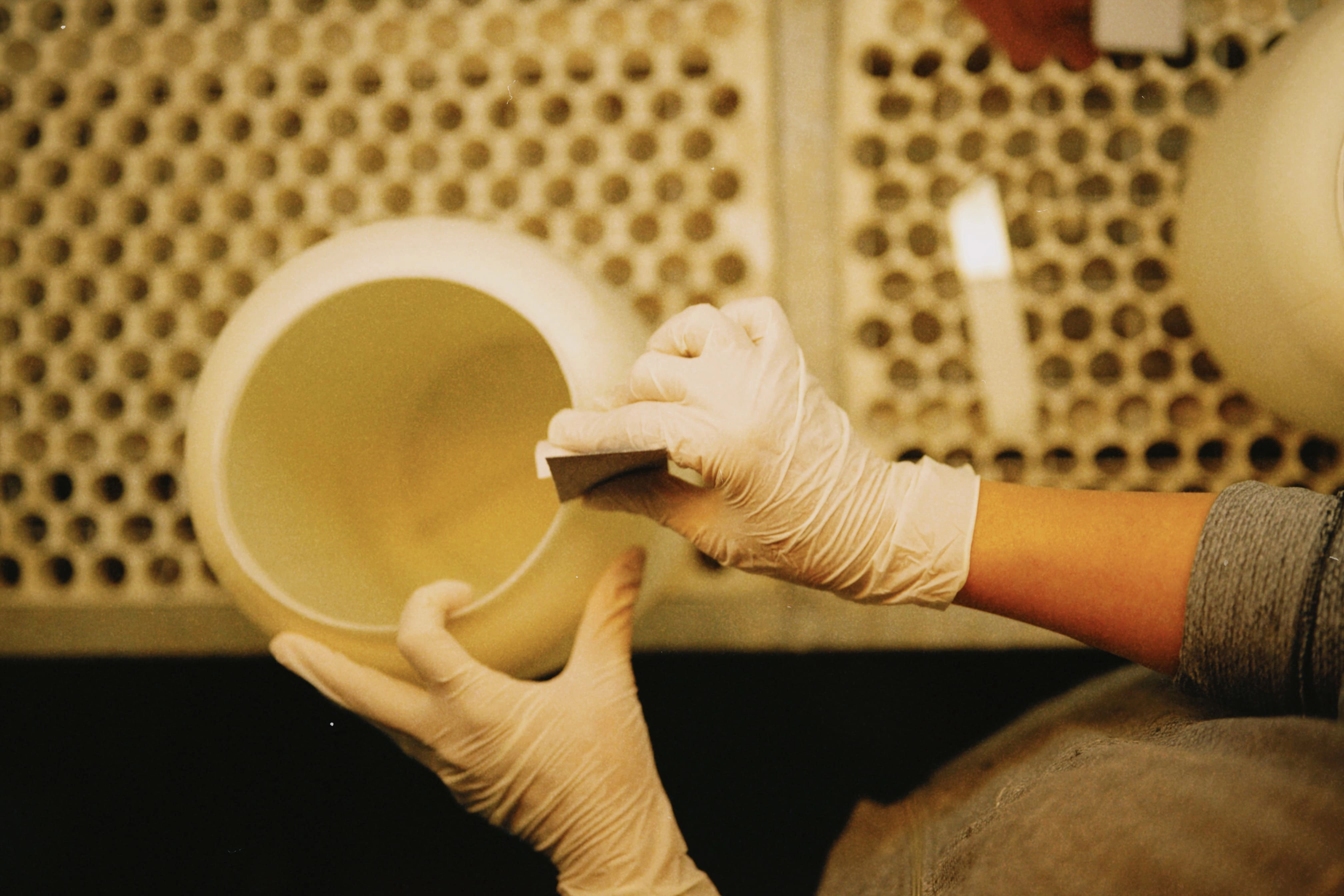

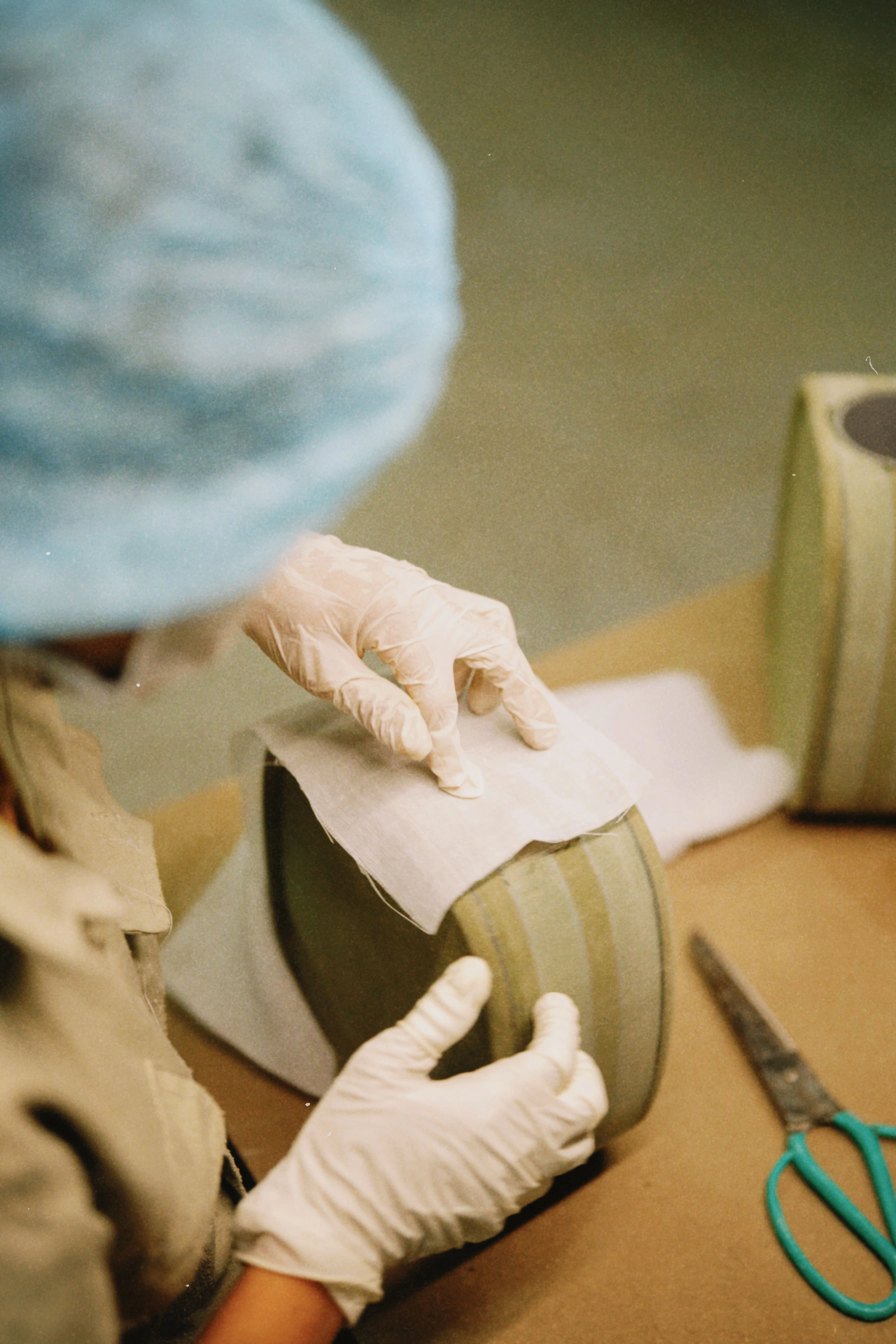

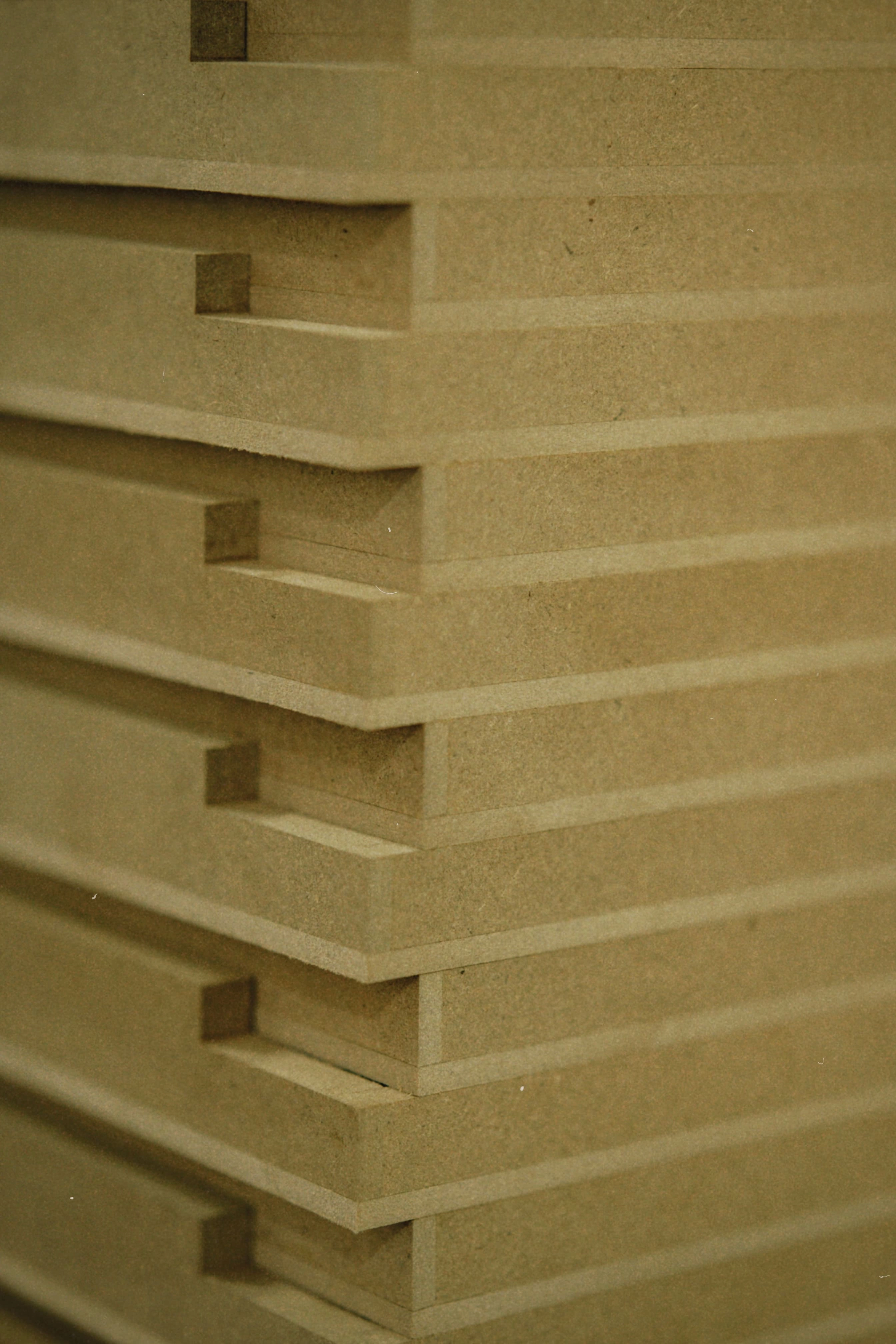

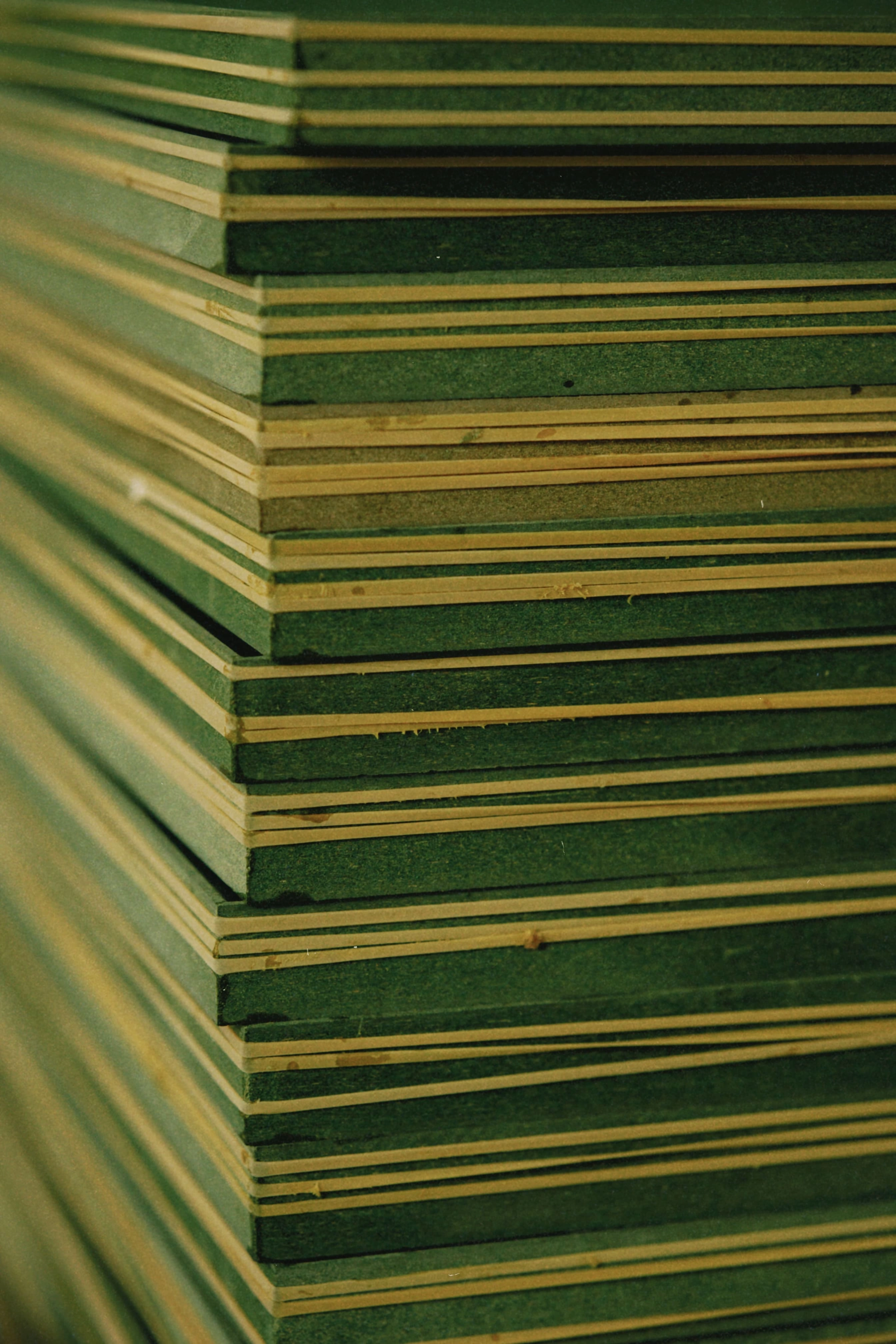

Even with premium materials, shaping remains a complex and meticulous journey. To give each creation its distinct character, artisans must thoroughly study the properties and constraints of each material. This deep understanding allows the base to define the product's silhouette and support the lacquer layers, giving the finished piece strength and endurance for generations to come.
From zodiac-inspired animal sculptures to avant-garde vases and a myriad of inventive forms, Hanoia's extensive collection showcases the sophisticated shaping techniques out artisans have refined over the year.
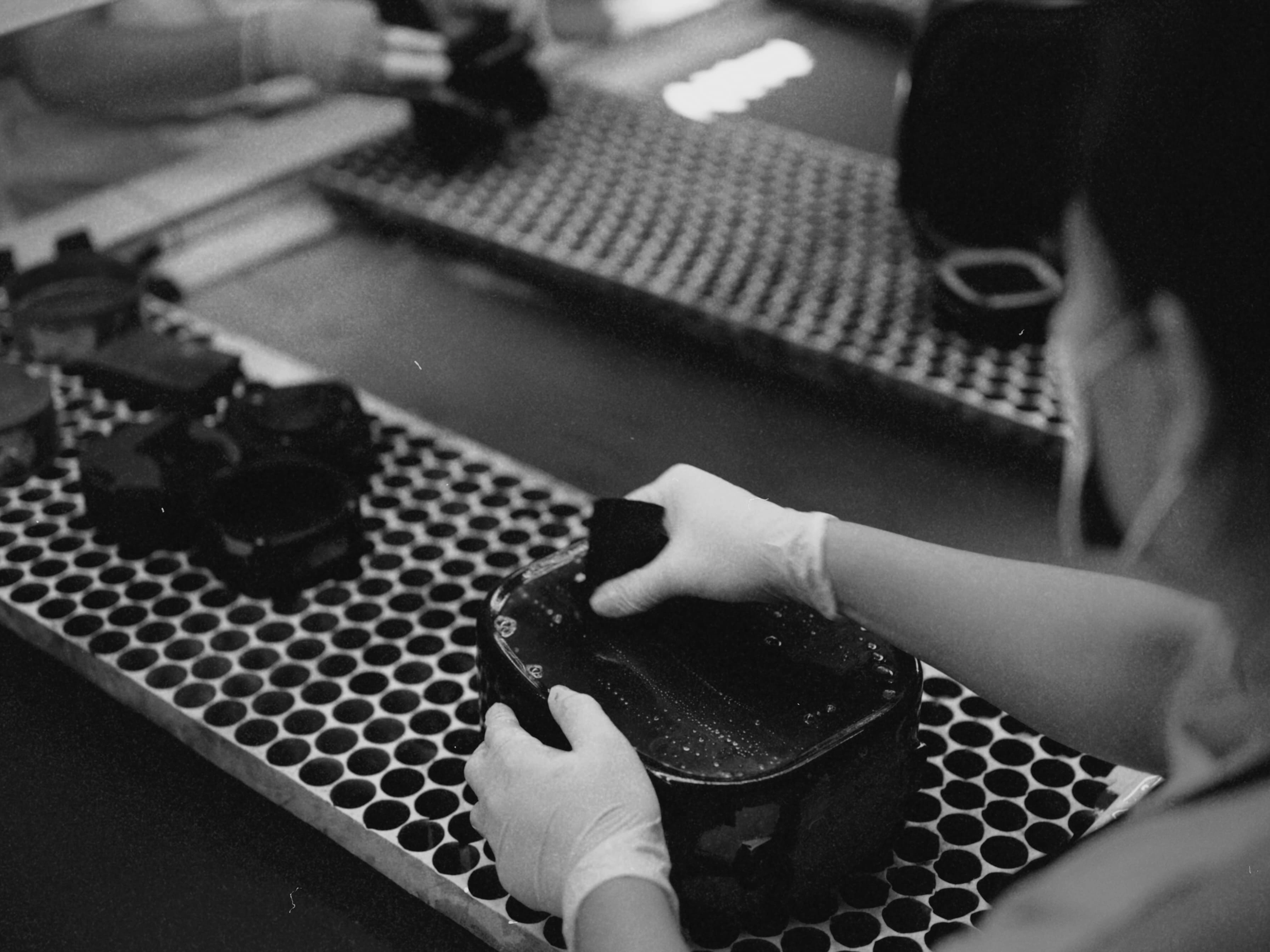

The
treatment
&
reinforcement
Following the shaping stage, the base is reinforced to ensure durability and optimal paint adhesion. Even the slightest imperfection can lead to structural issues - cracks, fractures, or even shattered joints - especially in more intricate designs.
Unlike superficial scratches on the lacquer surface, base damage is often irreversible, leaving no option but to discard the piece. Though the early steps may seem unremarkable, they are critical: a strong and flawless foundation is essential for the artwork's longevity.
Once the base is perfectly prepped, the piece moves into the lacquering and sanding phase. This process involves multiple cycles of applying lacquer, drying, and smoothing by hand. Depending on the design, the product typically receives 15 to 20 layers. Each layer builds depth and richness, gradually creating a sleek finish and breathing life into the decorative details.
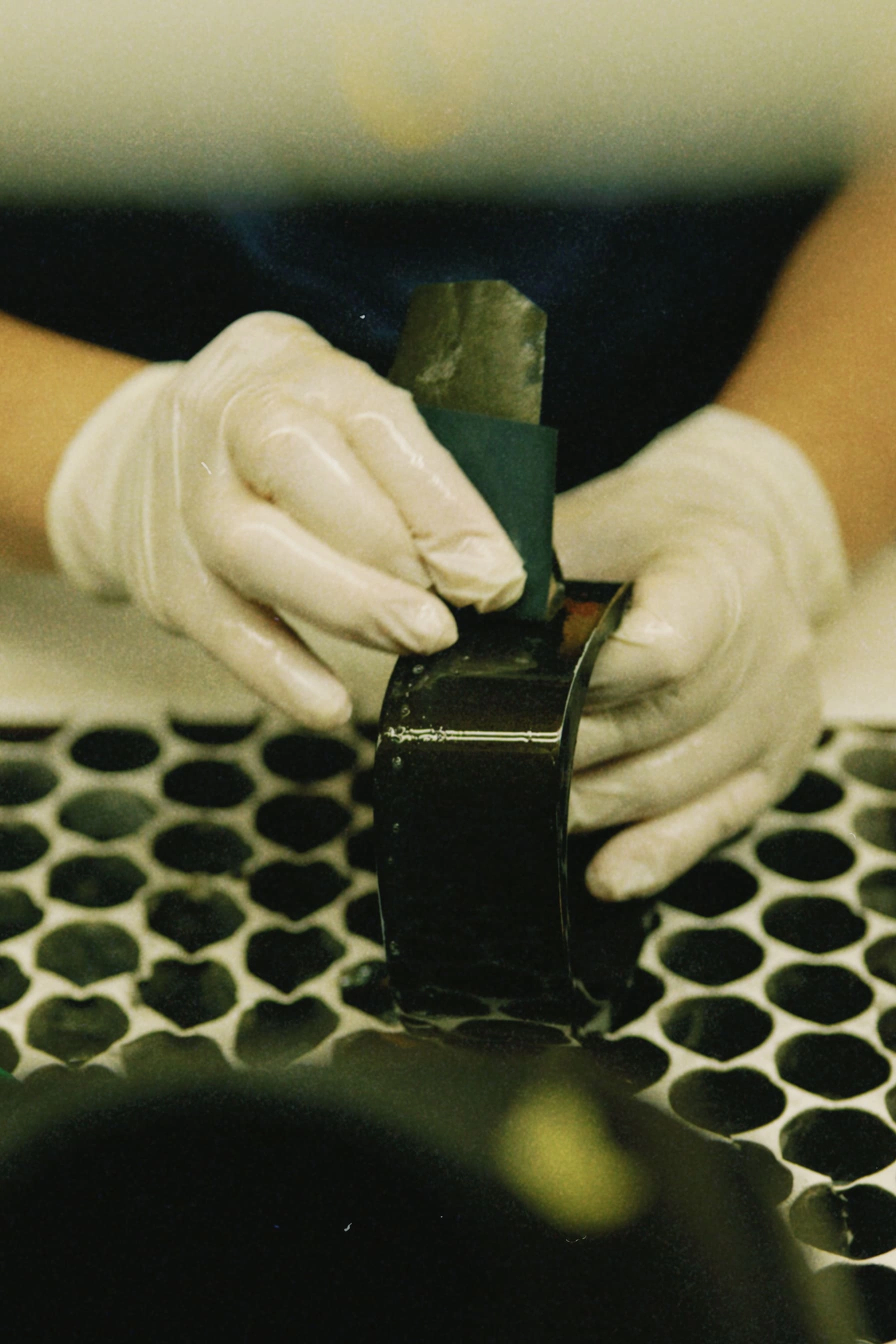

At this point, the artisan's intuition and dexterity take canter stage. Each craftsman possesses a unique rhythm and touch, and it's through these subtle, practiced movements that every Hanoia piece acquires its singular charm.
The special effects
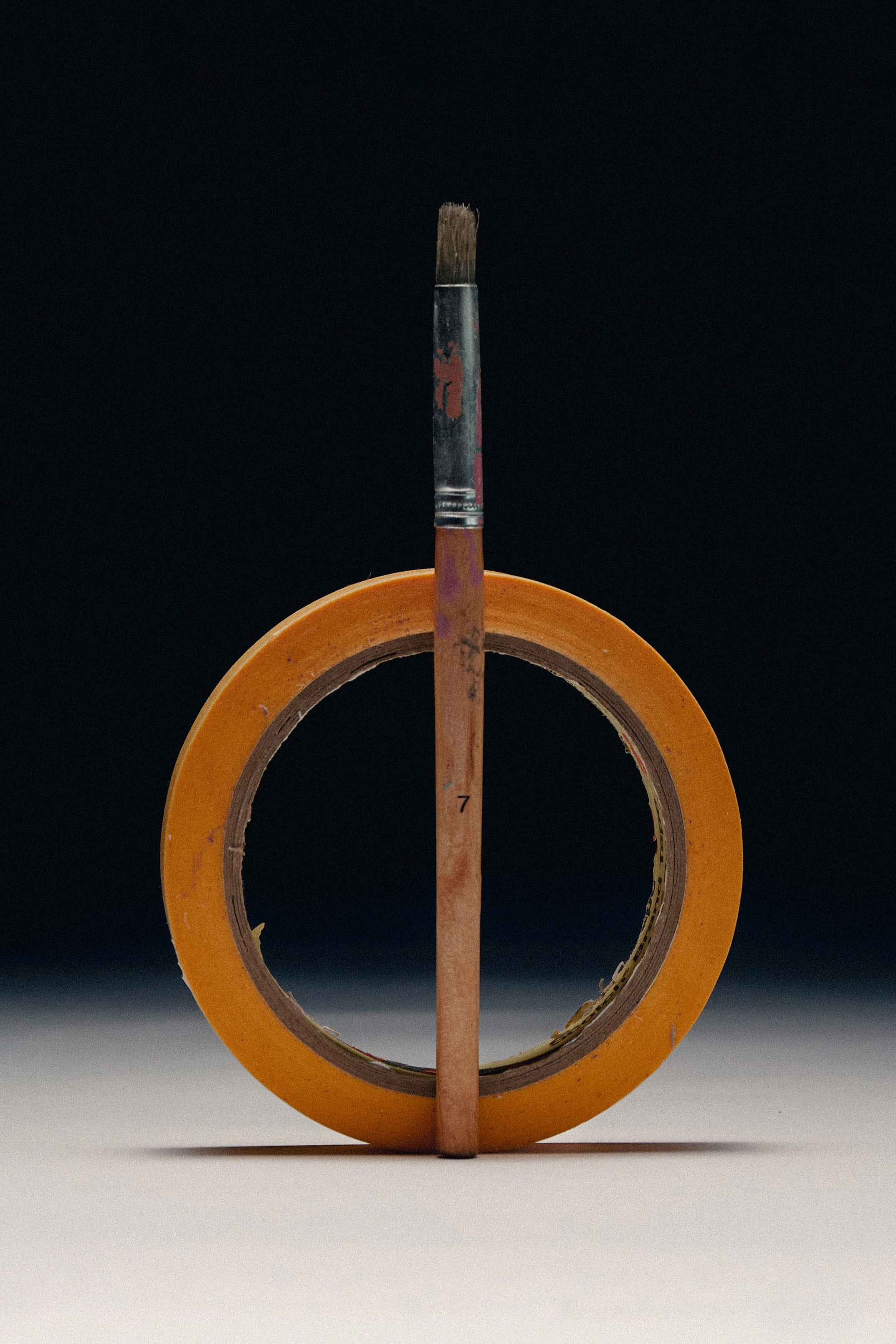

Once the inner layers are completed, the spotlight shifts to decorative artistry - where patterns and effects bring each piece to life. Hanoia continually explores and innovates a diverse spectrum of lacquer techniquesm ranging from traditional to contemporary: mother-of-pearl, eggshell inlays; hand-painting; gold and silver leaf gilding; color gradients; and fine endravings.
Hand painting
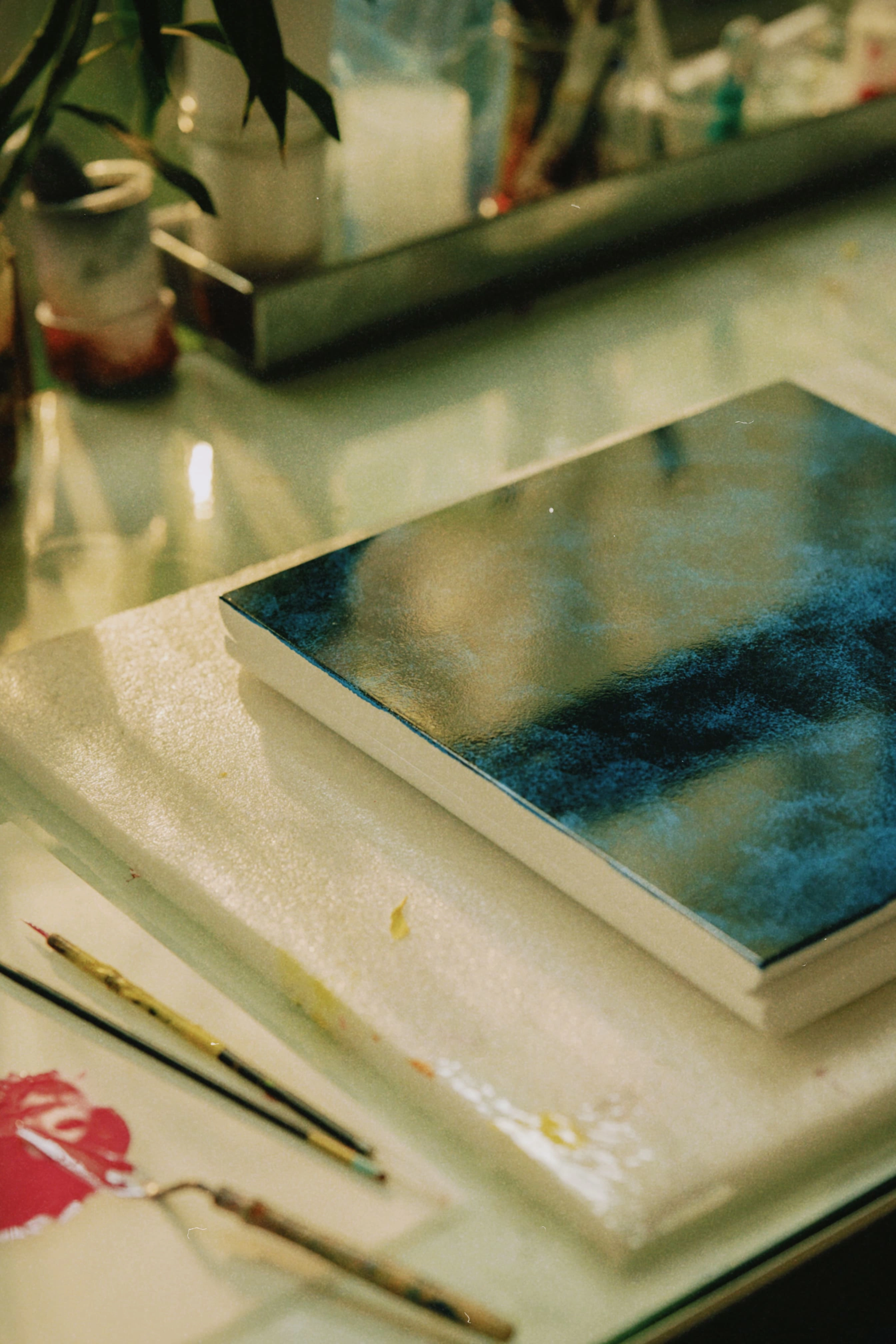

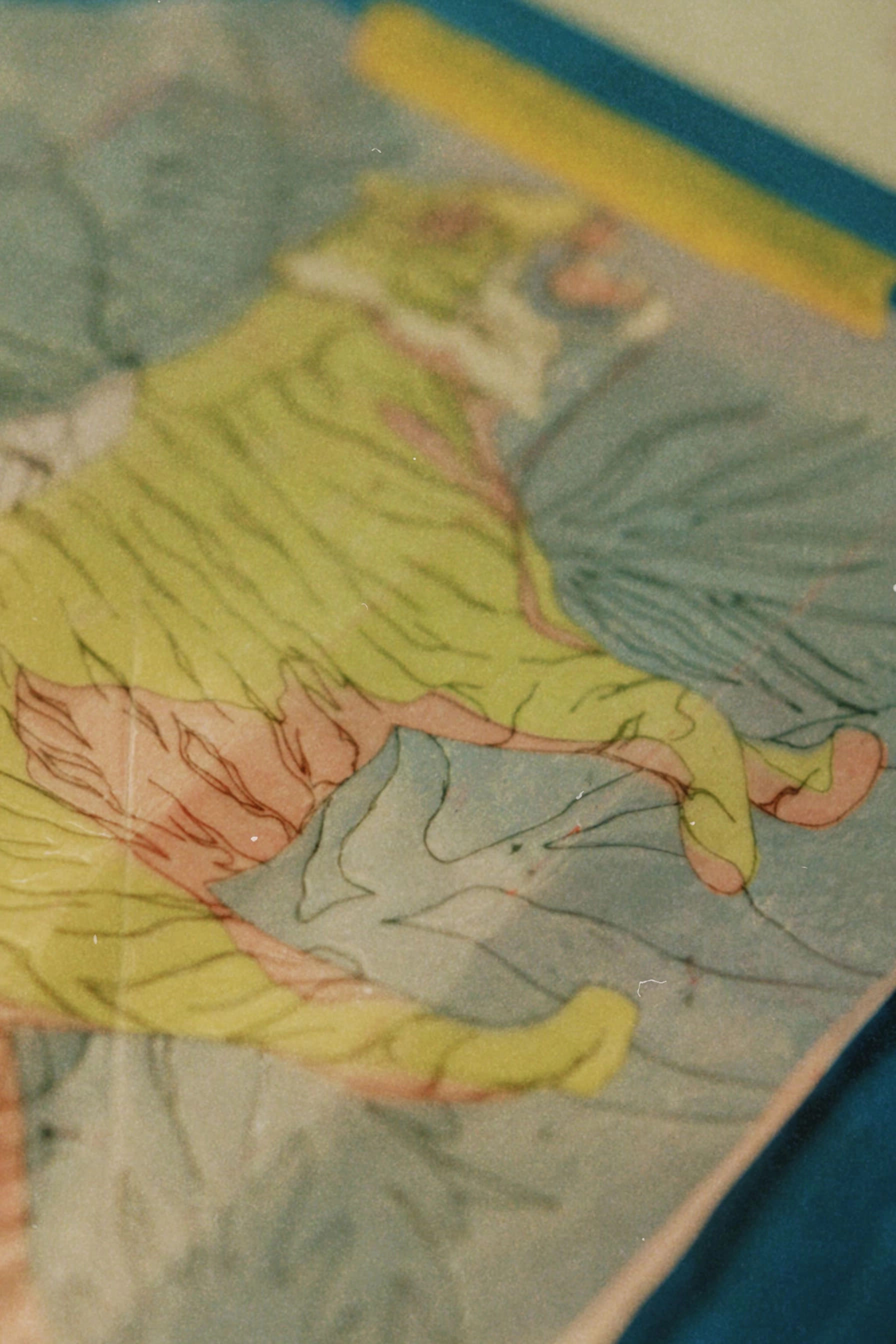

Hand painting
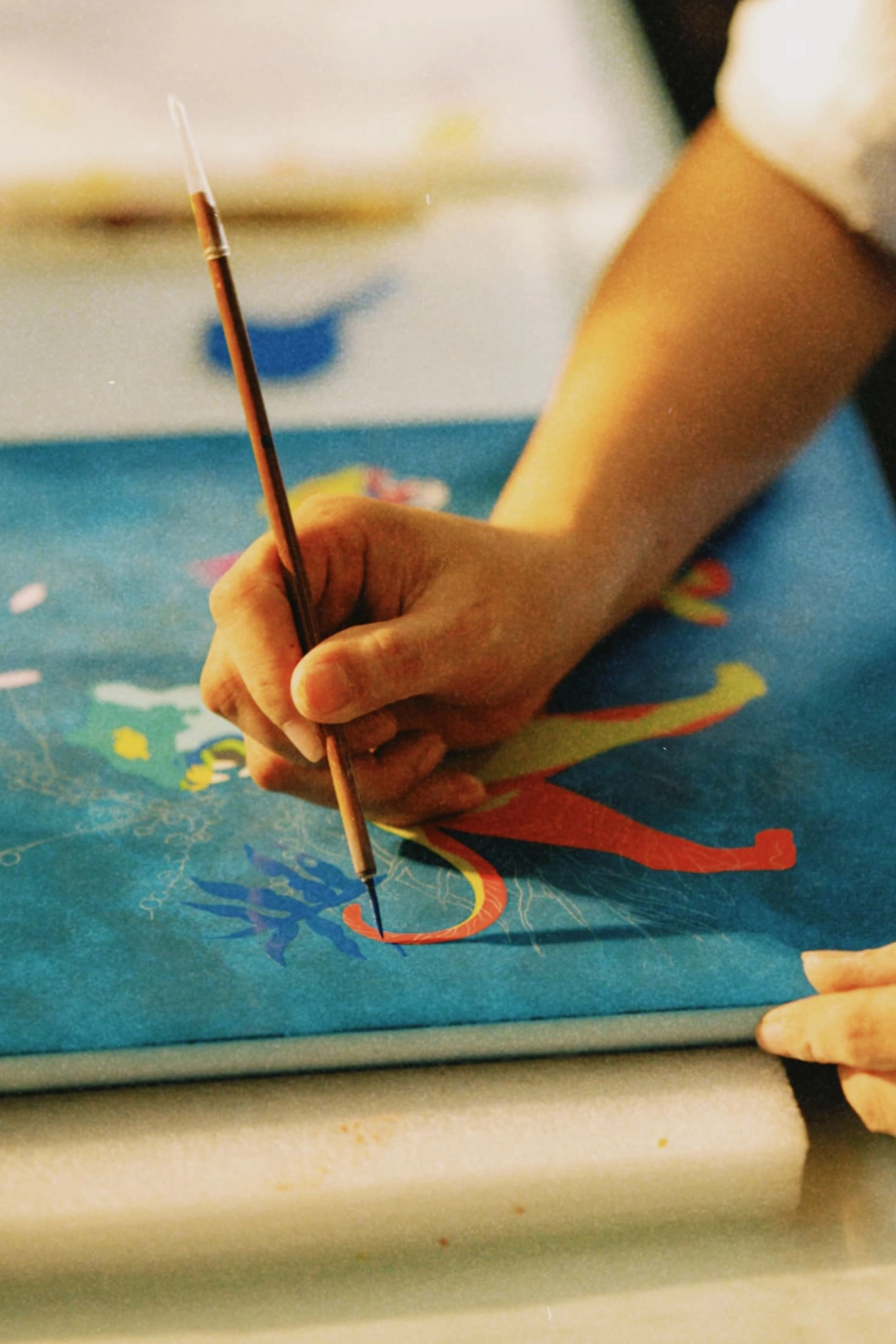

Lacquering
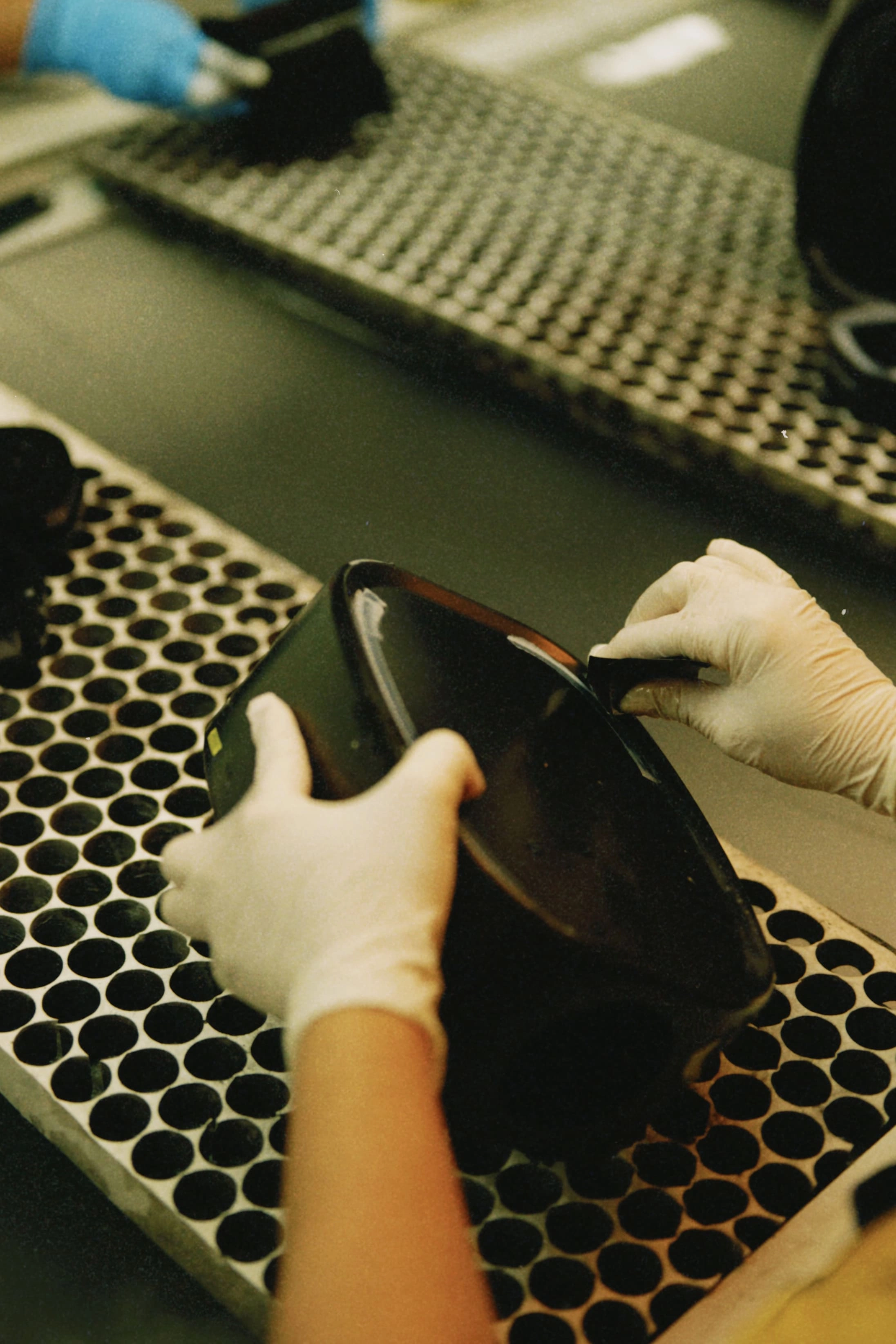

Engraving
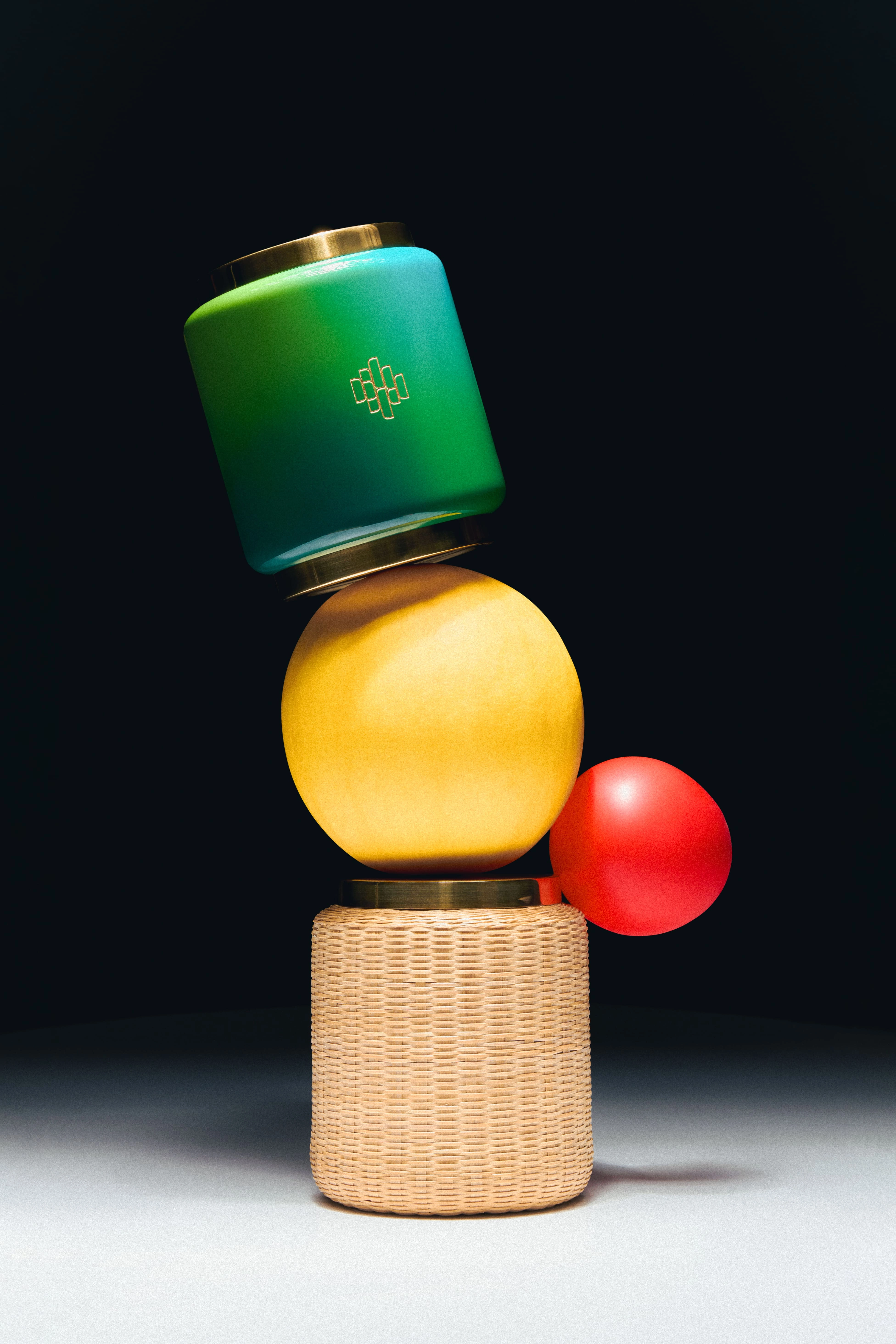

Lacquering
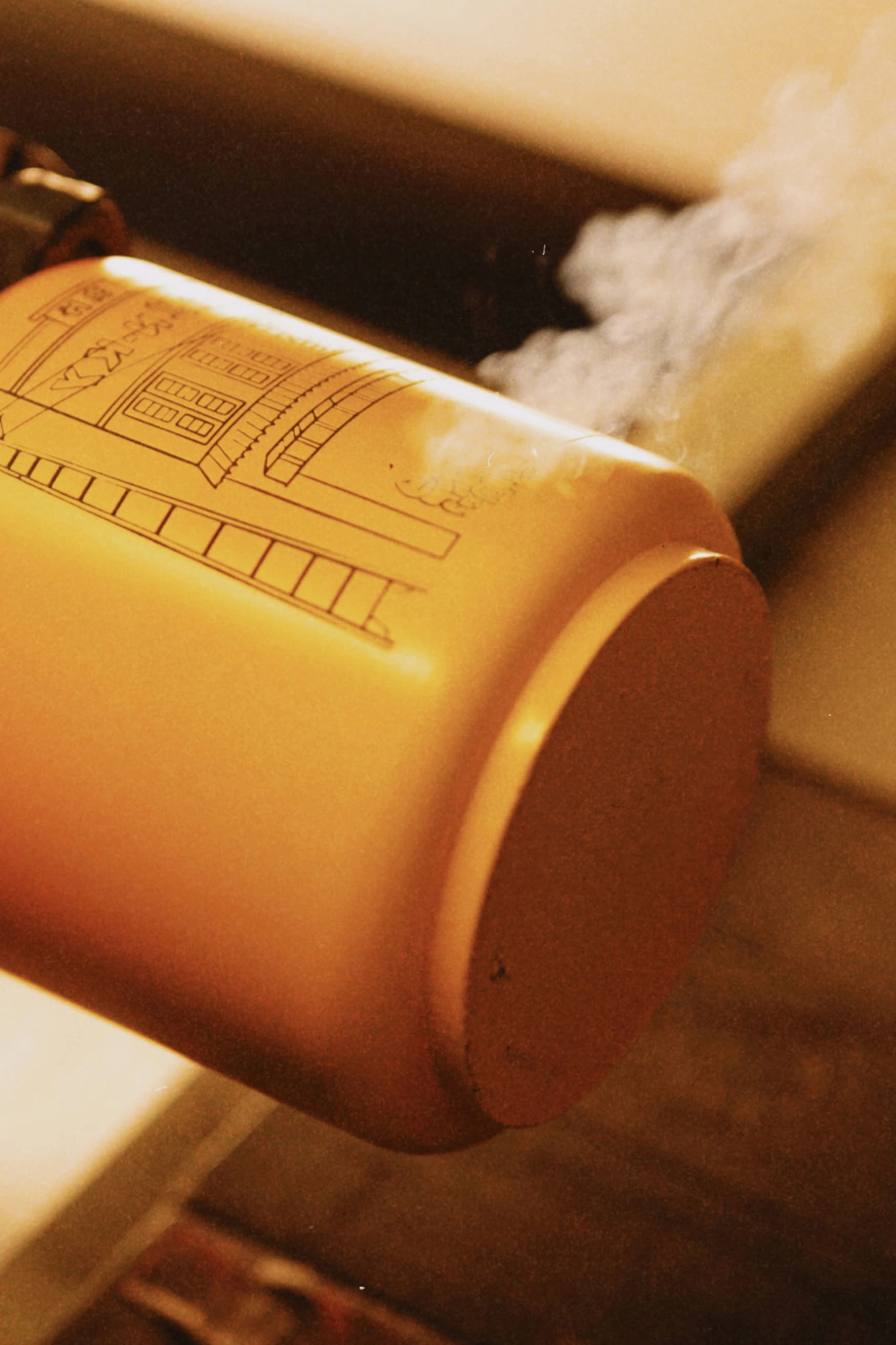

Hanoia's design are celebrated for their vibrancry, complexity, and unmistakable individuality. What many don't realize is that crafting these effects can require hundreds to thousands of laborious minutes. The finer the detail, the greater the precision and care demanded in it execution.
This is the stage where artisans unleash their creativity and intuitive flair. Every brushstroke and pattern is hand-rendered, ensuring that - even when following the same design framework - no two pieces are ever truly alike.

 EN
EN  VN
VN 